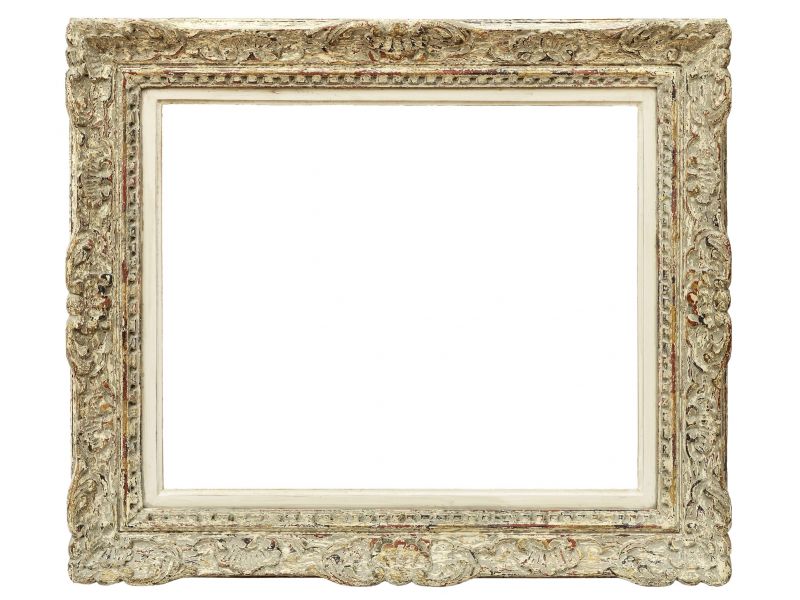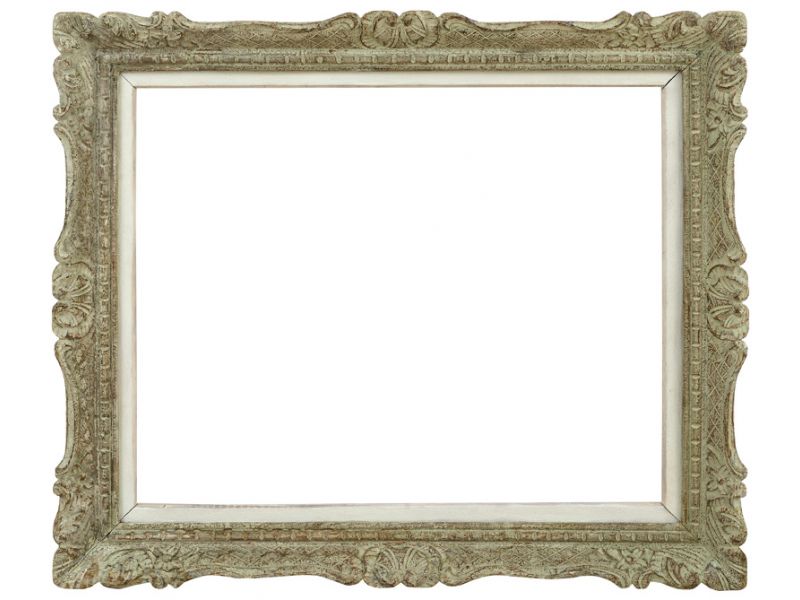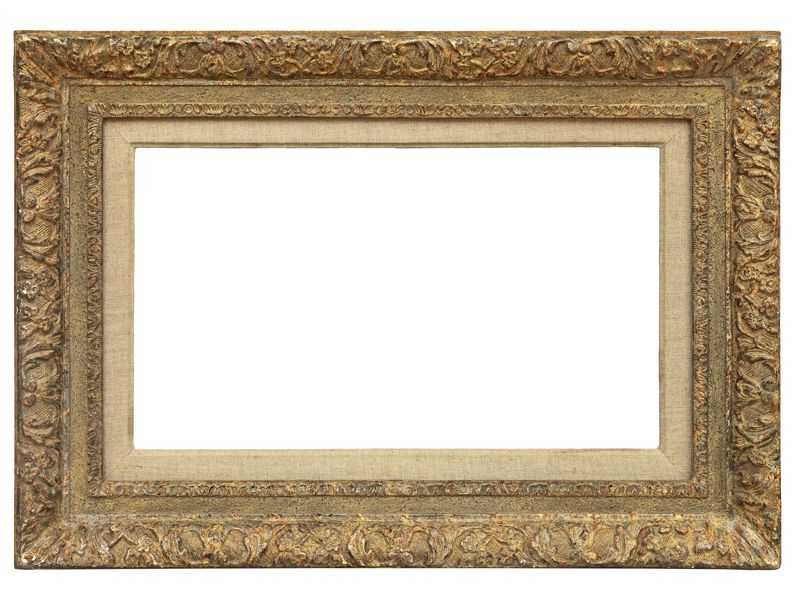The Montparnasse frame takes its name from the Parisian district where it was born, at the beginning of the 20th century. Dethroning Montmartre, the Montparnasse district had by that time become the center of Parisian artistic life. The artists of the First School of Paris come to install their workshops there, and develop a new painting, freed from the shackles of academic painting. This new painting, more expressive and colorful, needs a new type of frame to enhance it because the gilded stucco borders of the 19th century do not suit it.

The Montparnasse frames mark the return of the carved wood in the frames. Their patina, often clear, and their deliberately coarse and nervous appearance are better suited to modern works.
The decor of the Montparnasse frames is completely new: it takes up the decorative repertoire of previous eras (mainly in the Louis XIV style) while looking for a raw, aged, imperfect appearance. The work of the sculptor and the patina contribute to this effect: the wooden frame is coated with several coarse coats of white Meudon and glue, sometimes mixed with pigments in shades of green, gray, blue or brown. The brushstrokes are sometimes still visible there.

